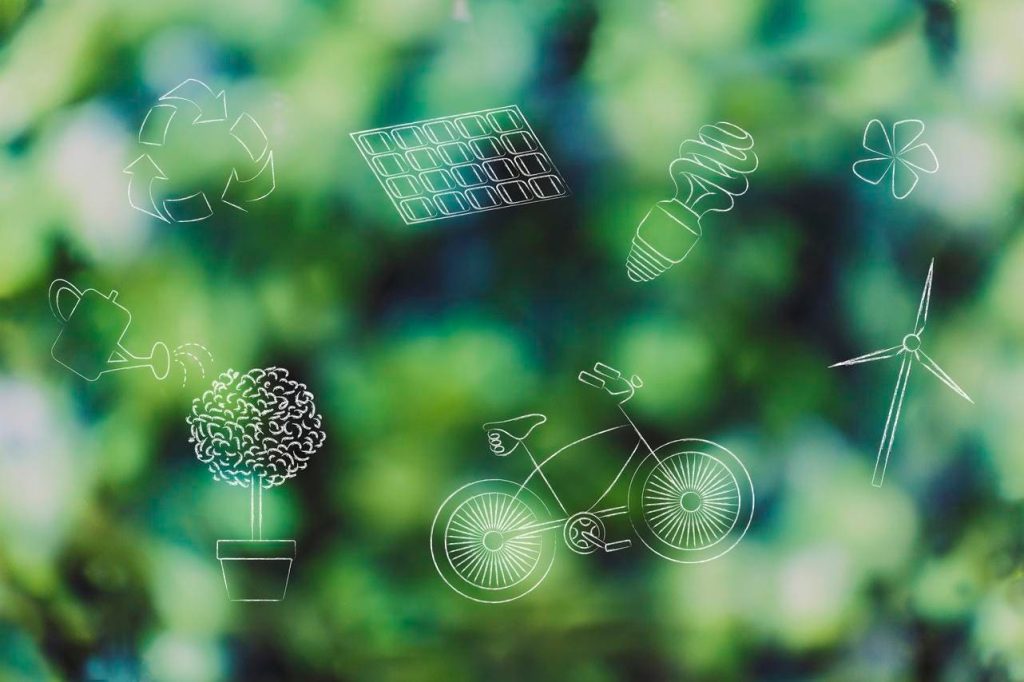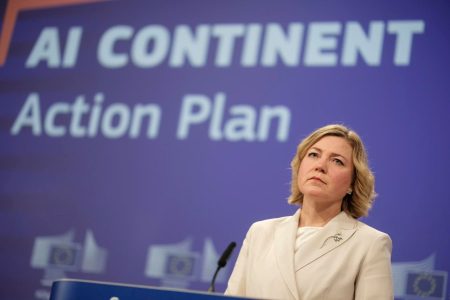How does workforce development change in the green economy, and what skills should the workers have? originally appeared on Quora: the place to gain and share knowledge, empowering people to learn from others and better understand the world.
Answer by Melissa Lee, Founder, CEO at The GREEN Program, on Quora:
Preparing for the Green Economy: Upskilling by 2030
The awareness of environmental impact has led to a growing focus on green jobs and the green economy, which prioritizes sustainability. As the green economy expands, there is a rising demand for professionals with the expertise to manage environmental concerns. The International Labour Organization (ILO) estimates that the transition to the green economy will create about 100 million new jobs by 2030, with the potential to generate up to 60 million jobs through the implementation of the United Nations’ Sustainable Development Goals (SDGs). Investment in clean energy, sustainable transport, and energy efficiency could reach $90 trillion by 2030, fueling the development of millions of new jobs worldwide. Wind turbine service technicians and solar photovoltaic installers are projected to experience exceptionally fast growth in the United States, highlighting the need for workers with green skills.
However, the green transition also poses challenges, including a green skills gap and the need for retraining as certain sectors, like petroleum, face job losses. To meet the demand for green jobs and bridge the skills gap, investments in green/sustainability education and job training programs are crucial. Companies are increasingly recognizing the economic benefits of sustainability and the importance of diversity and climate justice in their sustainability efforts. Hiring trends reflect an increased focus on climate justice, diverse and inclusive hiring, skills in renewable energy, the circular economy, and sustainable finance.
The skills gap in the green economy is significant, with a shortage of qualified workers in areas such as solar energy, wind energy, and energy efficiency. Standardized certifications and training programs for green jobs are currently lacking, making it difficult for employers to identify qualified candidates and for job seekers to know which skills to acquire. The transition to a green economy must also prioritize high wages, predictable scheduling, and paid leave to ensure a just transition.
The World Economic Forum’s Future of Jobs Report 2020 estimates that four in ten workers will need to be reskilled. Additionally, the United Nations Environment Programme identified six key categories of skills needed for thriving in green industries: science, architecture and planning, green engineering and tech, agriculture, environmental justice, and systems-thinking. Bridging the skills gap requires offering education and training programs that equip workers with the necessary skills. Vocational and technical schools, apprenticeships, and on-the-job training programs play essential roles in upskilling the workforce. Here are several case studies of organizations with workforce development initiatives addressing the green jobs skills gap:
1. The GREEN Program (TGP) is an award-winning experiential education program that provides accredited sustainability education through 8-10 day academic adventures around the world. The GREEN Program offers academic knowledge, practical skills, and hands-on experience in renewable energy and sustainability in global sustainability epicenters like Iceland, Peru, Nepal, Patagonia, and Belize. The program aims to empower participants to become leaders in sustainability and provides access to resources, opportunities, and a global sustainability jobs network for post-program alumni. TGP alumni stay engaged in sustainability efforts and have gone on to work for forward-thinking companies such as The Environmental Defense Fund, National Geographic, United Nations, the National Renewable Energy Laboratory, Google, IBM, and more.
2. Skills for Climate Action Program by the United Nations Development Programme (UNDP): A global initiative that focuses on enhancing skills and capabilities for a low-carbon and climate-resilient economy. The program emphasizes the importance of inclusive and equitable access to training, ensuring that marginalized groups and underserved communities have equal opportunities to acquire the skills needed for green jobs. By promoting skill development in the context of climate action, the program seeks to create a workforce that can drive sustainable development and contribute to global efforts to combat climate change.
3. Dream.Org Business Council & Green For All Program: The Dream.Org Business Council is dedicated to reshaping the landscape of the green sector by empowering Black and Brown entrepreneurs, fostering inventive solutions, and fostering cross-sector collaborations. They have joined forces with Black and Brown entrepreneurs and innovators in the green industry to establish the Business Council. Dream.Org’s Green For All program is forging avenues for diverse talent to revolutionize cleantech and sustainability.
The growing focus on the green economy and environmental impact has led to increased demand for professionals with green skills. With challenges like the green skills gap and retraining needs in declining sectors, we need to work together to move the needle. Initiatives such as The GREEN Program, the UNDP, and the Dream.Org Business Council & Green For All Program are working to bridge the skills gap and empower individuals with green skills today. Collaboration between governments, higher education, and employers is crucial, along with standardized certifications and training programs. By investing in education and training, we can cultivate a skilled workforce for a more just and sustainable future.
This question originally appeared on Quora – the place to gain and share knowledge, empowering people to learn from others and better understand the world.
Read the full article here










